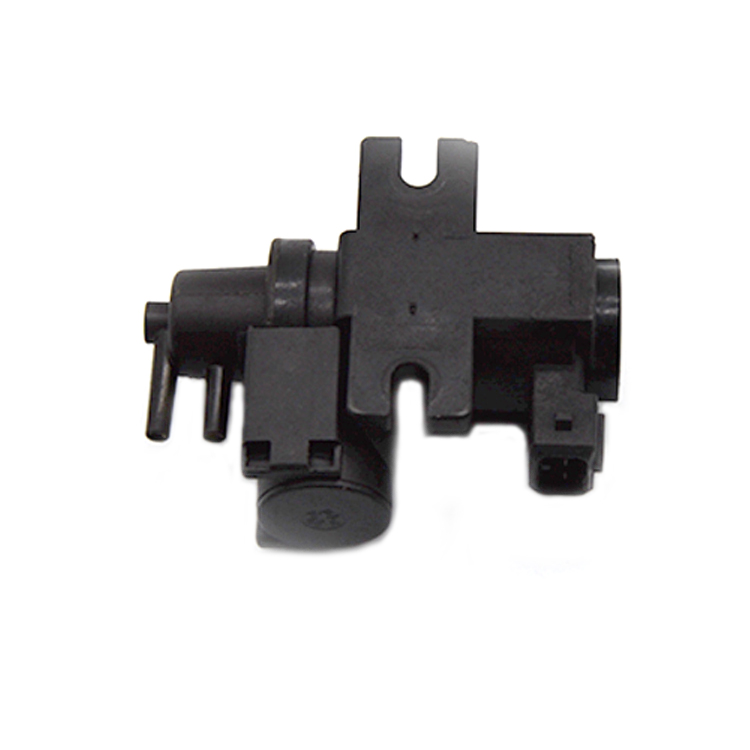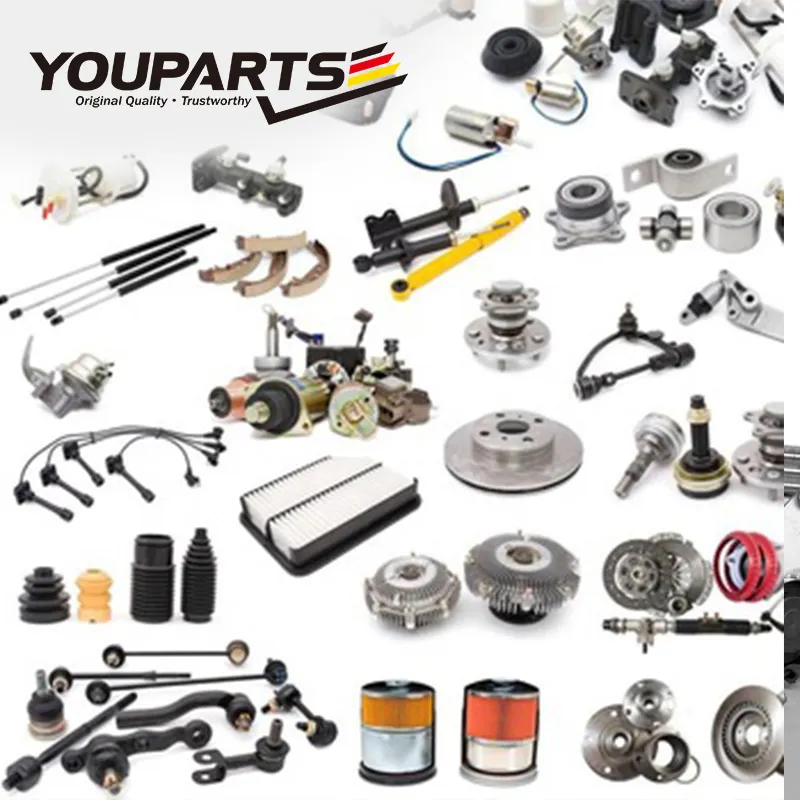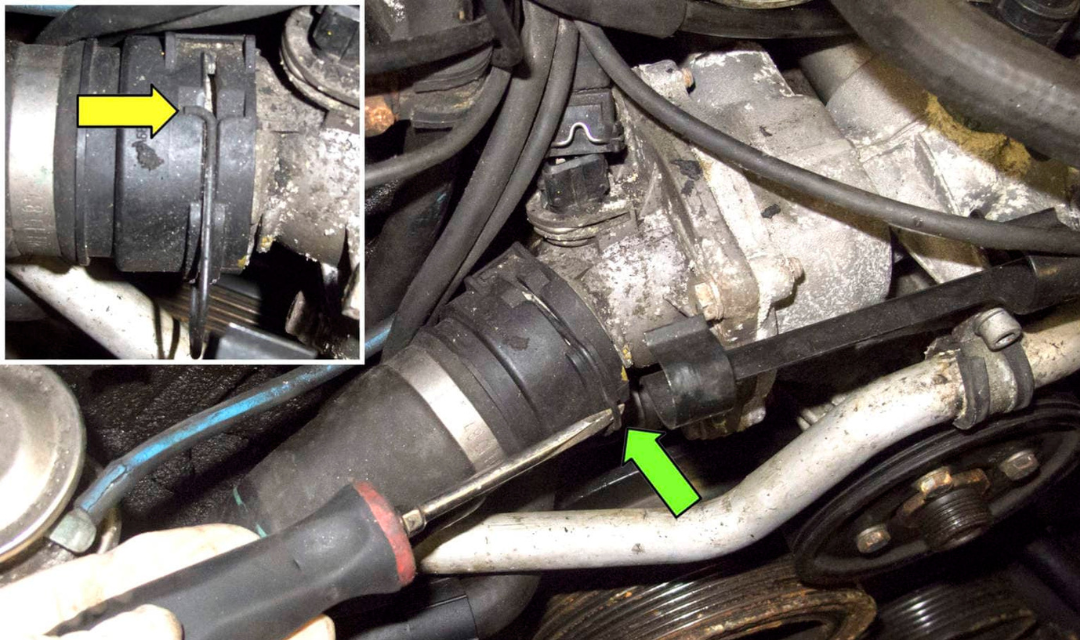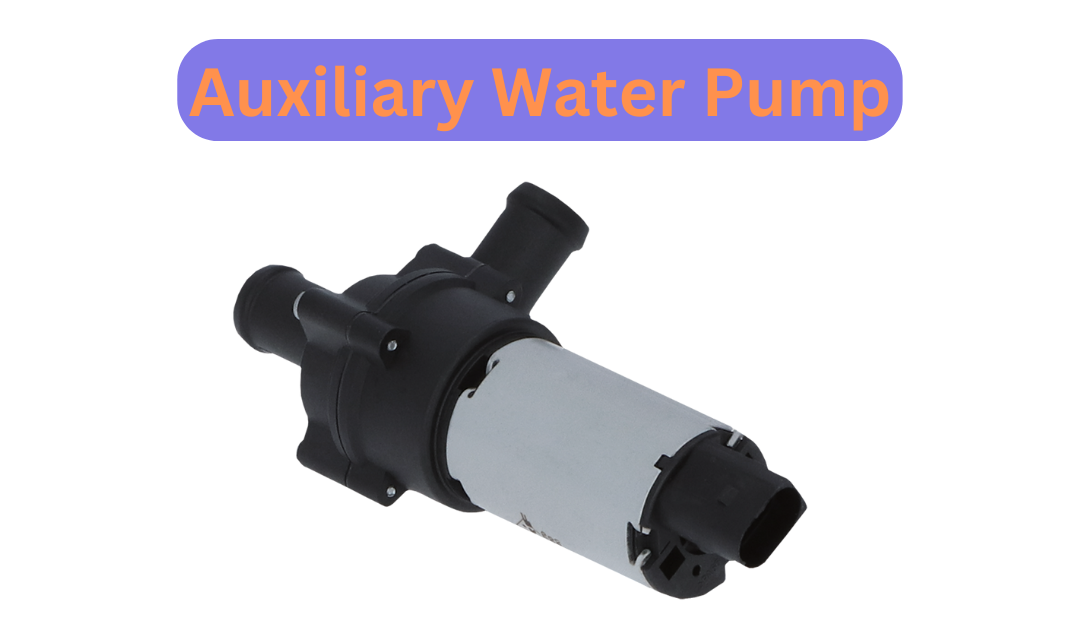If you’re in the market for a pneumatic solenoid valve, there are a few things to consider before making a purchase. Pneumatic solenoid valves are used in a wide variety of applications, from industrial automation to HVAC systems. With so many different types and options available, it can be difficult to know which one is right for your needs. In this article, we’ll go over some key factors to consider when selecting a pneumatic solenoid valve.
Valve Type
The first thing to consider when selecting a pneumatic solenoid valve is the type of valve you need. There are two main types of pneumatic solenoid valves: direct-acting and pilot-operated. Direct-acting valves are simpler and less expensive, but they are generally only suitable for low-pressure applications. Pilot-operated valves, on the other hand, are more complex and expensive, but they can handle higher pressures and flow rates.
Valve Size
The size of the valve you need will depend on the application you are using it for. Valves come in a range of sizes, typically measured in inches or millimeters. Make sure to select a valve that can handle the flow rate and pressure of your system. A valve that is too small will result in decreased performance, while a valve that is too large will be unnecessarily expensive.
Valve Material
The material of the valve is an important factor to consider, as it can impact the valve’s performance and durability. Valves are typically made from materials such as brass, stainless steel, and plastic. Brass is a common material for general-purpose valves, while stainless steel is more suitable for corrosive environments. Plastic valves are typically used in low-pressure applications.
Valve Function
Another important factor to consider is the function of the valve. Pneumatic solenoid valves can be used for a variety of functions, including on/off control, pressure regulation, and flow control. Make sure to select a valve that is designed for the specific function you need it for.
Electrical Connection
Pneumatic solenoid valves require an electrical connection in order to operate. There are two main types of electrical connections: DC and AC. DC valves are typically used in mobile applications, while AC valves are more commonly used in fixed installations. Make sure to select a valve with the appropriate electrical connection for your application.
Operating Pressure
The operating pressure of the valve is another important factor to consider. Valves are typically rated for a specific pressure range, and selecting a valve that is rated for a lower pressure than your system can result in decreased performance. On the other hand, selecting a valve that is rated for higher pressure than your system can result in unnecessary expense.
Response Time
The response time of the valve is a measure of how quickly the valve opens or closes in response to an electrical signal. Response time is typically measured in milliseconds, and a faster response time can be important in certain applications. Make sure to select a valve with an appropriate response time for your application.
Valve Position
Finally, consider the position of the valve in your system. Valves can be installed in a variety of positions, including horizontal, vertical, and angled. Make sure to select a valve that is designed for the position you plan to install it.
In conclusion, selecting a pneumatic solenoid valve can be a complex process, but considering the factors outlined above can help simplify the decision-making process. By selecting a valve that is the right type, size, material, and function for your needs, you can ensure optimal performance and durability. Additionally, selecting a valve with the appropriate electrical connection, operating pressure, response time, and valve position can further enhance its suitability for your specific application.

what is a pneumatic solenoid valve?
A pneumatic solenoid valve is an electro-mechanical device that is used to control the flow of compressed air or gas in a pneumatic system. It consists of a coil of wire, a plunger, and a valve body. When an electrical current is applied to the coil, it generates a magnetic field that pulls the plunger towards the valve body, causing the valve to open or close.
Pneumatic solenoid valves are used in a wide variety of applications, such as controlling the flow of air in industrial automation systems, controlling the flow of gas in HVAC systems, and controlling the flow of air in medical equipment. They are typically used to turn on or off the flow of air or gas in a pneumatic system, but can also be used for more complex functions such as pressure regulation and flow control.
There are two main types of pneumatic solenoid valves: direct-acting and pilot-operated. Direct-acting valves are simpler and less expensive, but they are generally only suitable for low-pressure applications. Pilot-operated valves, on the other hand, are more complex and expensive, but they can handle higher pressures and flow rates.
Pneumatic solenoid valves are an important component in many pneumatic systems, as they provide precise control over the flow of air or gas. They are often used in conjunction with other pneumatic components such as cylinders, actuators, and sensors to create a complete pneumatic control system.


